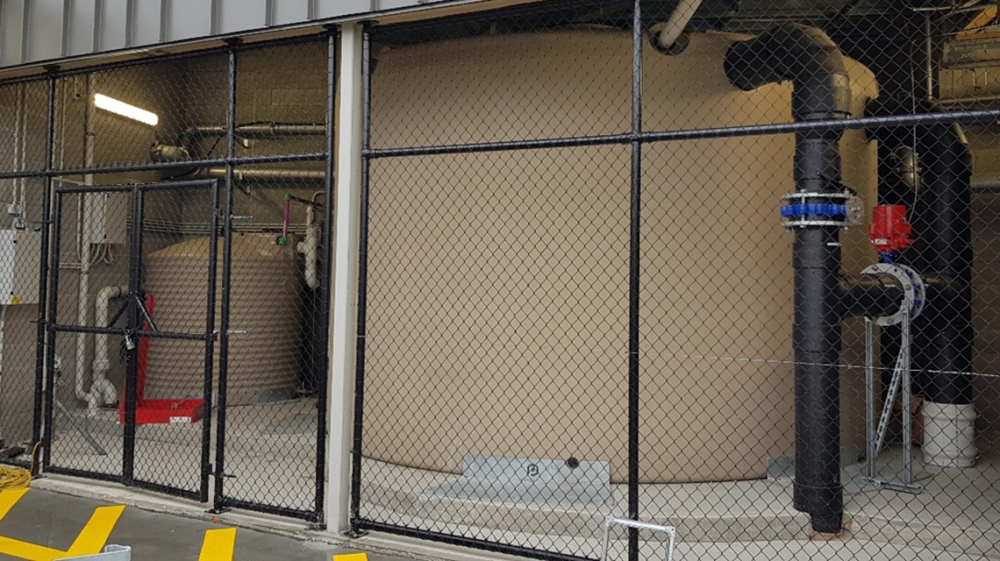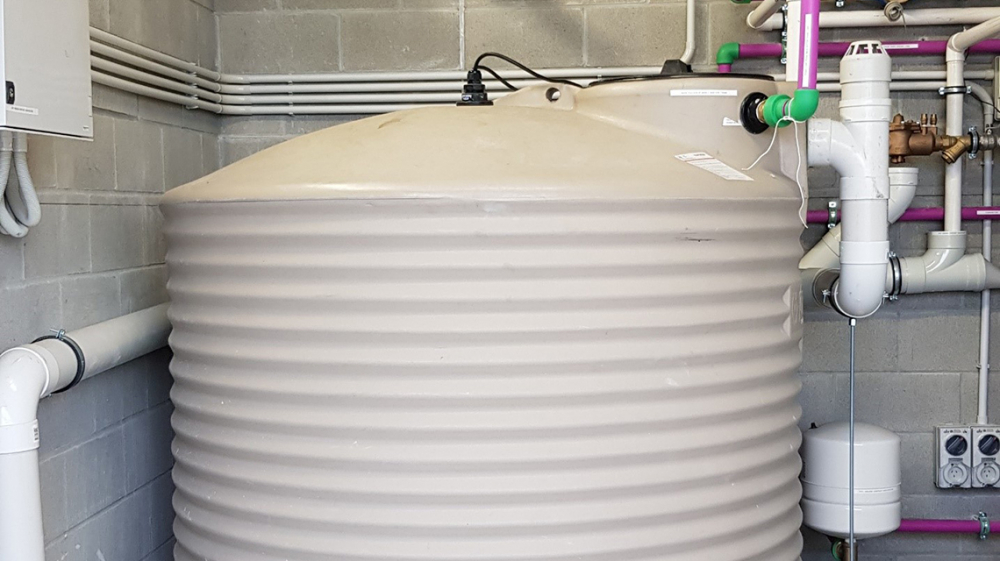Friday, 1 August 2025 Case Studies
Seismic Restraint Systems for Countdown Bayfair
Countdown counts on Promax seismic restraints
Who: Aquaholics Tauranga for Countdown Bayfair.
Products: 1 x 3,000 litre Promax Industrial tank, 1 x 50,000 litre Promax XPRESS tank, seismic restraints
Where: Bayfair Shopping Centre, Tauranga
Why: The $100 million upgrade at Bayfair Shopping Centre in Tauranga included a Countdown shopping centre, a seven-screen cinema complex, an alfresco dining precinct and 50 new shops with an additional 9000 square metres augmenting the existing site. Sustainability was also upgraded! Tanks were to be installed by Aquaholics Tauranga to harvest rain from Countdown Supermarket’s massive roof, with the water plumbed back to supply the bathrooms. However, the design brief stipulated that the tanks must be seismically restrained, and Promax was engaged to design and manufacture the restraints and supply the tanks.
What: Promax went big with the tanks, delivering a 50,000 litre XPRESS tank and a 3,000 litre industrial model. We also designed and manufactured the seismic restraints, suitable for high-intensity situations where the tank must remain serviceable after an earthquake. As used at Bayfair, Promax seismic restraints meet Tauranga’s seismic criteria and the appropriate vital Level Rating (IL2). On a national level, all our seismic restraints have been designed and built to meet virtually all seismic loading requirements within New Zealand. Promax seismic restraints can be customised with designs available for tank, base and steel anchorings, so we’re able to provide a safe and workable solution in any situation.
While we are talking about seismic-related topics, let’s remember that poly tanks, like the ones we supplied to harvest rain from the Countdown roof, can withstand significant seismic events better than any other tank material; this strength is yet another reason Promax tanks are a safe and sustainable fit for sites like Bayfair.
This case stuudy was first published in 2019.


